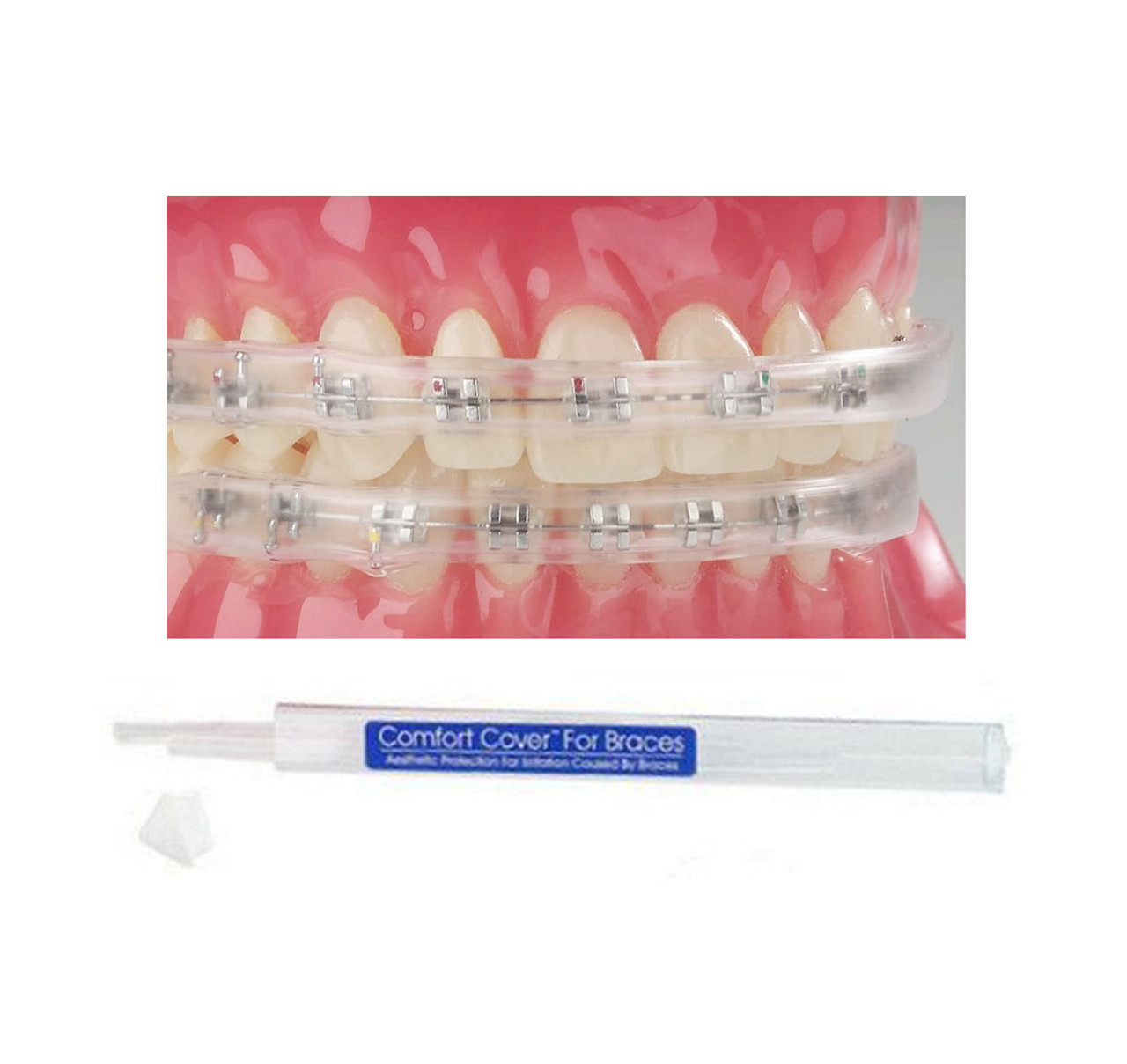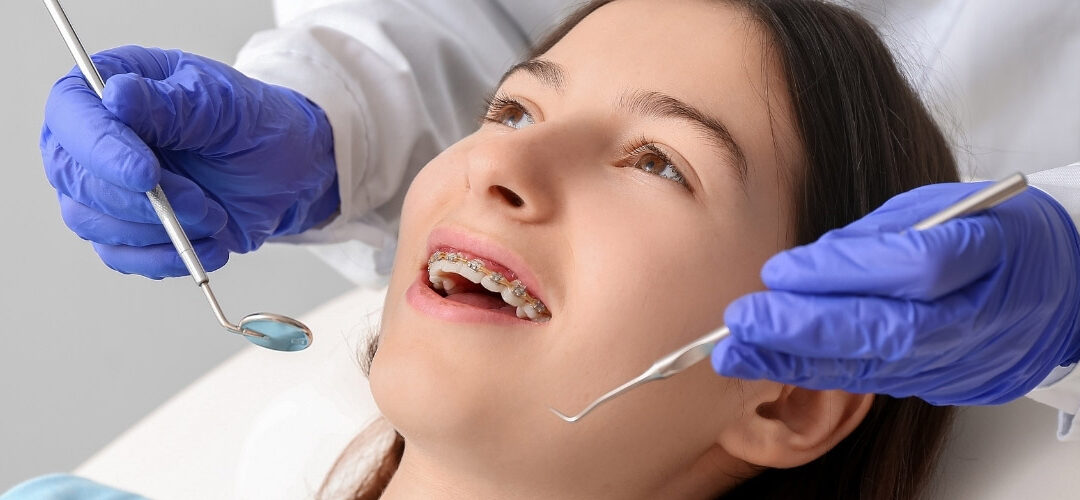Specialist Cumming Braces and Aligners: What to Know Before You Check out
Specialist Cumming Braces and Aligners: What to Know Before You Check out
Blog Article
Comprehensive Guide to Orthodontics Treatments for Dealing With Oral Misalignments
In the realm of orthodontics, the trip to attaining a flawlessly lined up smile includes a myriad of treatments tailored to fix oral misalignments. From traditional braces to undetectable aligners and even medical options, the area of orthodontics uses a series of options to attend to varying degrees of oral irregularities. Recognizing the details of each treatment, including their systems, benefits, and possible disadvantages, is important in making educated choices about one's orthodontic therapy. As we navigate via the detailed overview to orthodontic procedures for correcting dental imbalances, the complex information of each technique will certainly unravel, clarifying the course towards a functional and harmonious oral positioning.
Orthodontic Procedures Review

Along with clear aligners and standard braces, orthodontists may likewise suggest various other treatments like headwear, palatal expanders, or retainers to resolve specific positioning problems (aligners). These procedures are customized per patient's distinct requirements and may involve a mix of therapies to accomplish the wanted results. Normal modifications and monitoring are vital components of orthodontic therapy to guarantee progress is on track and to make any required adjustments along the way. By undertaking orthodontic treatments, clients can not just attain a straighter smile however also improve their total oral health and function.
Conventional Braces: Just How They Function
When thinking about orthodontic treatments for oral imbalances, standard dental braces stick out as a time-tested technique for remedying teeth positioning. Conventional braces are composed of brackets, cables, and bands that function with each other to use continual stress on the teeth, progressively moving them right into the wanted positioning. The brackets are affixed to the teeth utilizing an unique adhesive, and the cables are threaded via the braces. By readjusting the tension of the wires, orthodontists can regulate the direction and force applied to each tooth, assisting them right into appropriate placement gradually.
As pressure is applied to the teeth via the dental braces, the bone surrounding the teeth is reshaped to support the brand-new tooth placements. Patients will certainly need normal modifications at the orthodontist's workplace to ensure the braces proceed to apply the appropriate pressure for efficient teeth movement.
Invisible Aligners: Benefits And Drawbacks
These clear, personalized trays are essentially unseen when used, making them an appealing choice for people looking for an extra visually pleasing orthodontic treatment. Patients can eliminate the aligners before consuming or cleaning their teeth, minimizing the danger of food pediatric dental clinic obtaining stuck in the device and simplifying the cleaning process.

Surgical Orthodontic Options
Surgical interventions in orthodontics existing practical options for resolving complicated dental misalignments that might not be effectively solved with traditional orthodontic therapies. While conventional braces and unseen aligners can correct many orthodontic concerns, particular instances call for medical intervention to accomplish ideal results. Surgical orthodontic alternatives are normally suggested for serious malocclusions, significant jaw disparities, and instances where the underlying bone structure requires modification to achieve appropriate positioning.
One common medical orthodontic treatment is orthognathic surgical procedure, which includes rearranging the jaws to fix useful problems such as trouble talking or chewing. This surgical treatment is commonly carried out in collaboration with an orthodontist that assists line up the teeth before and after the procedure. Surgical orthodontics may additionally involve procedures to expose influenced teeth, get rid of excess gum tissue, or improve the jawbone to create an extra unified facial profile.
Before taking into consideration surgical orthodontic choices, people undertake a comprehensive examination to determine the need and possible benefits of such treatments. braces. While surgery might appear complicated, it can dramatically improve both the feature and aesthetic appeals of the smile in instances where traditional orthodontic treatments fail
Retainers and Post-Treatment Care

Post-treatment treatment entails adhering to the orthodontist's instructions carefully. This might consist of correct dental health practices, attending follow-up appointments, and using the retainers as prescribed. Failing to adhere to post-treatment treatment guidelines can result in relapse, where the teeth slowly return in the direction where do dentists work of their original settings. Constant retainer wear, excellent dental hygiene, and regular dental exams are essential for maintaining the outcomes accomplished through orthodontic surgical treatment and guaranteeing the long-term stability of the fixed oral placement.
Verdict
In verdict, orthodontic treatments provide numerous options for fixing dental imbalances. Surgical orthodontic alternatives are readily available for much more extreme imbalances. Generally, orthodontic treatments can effectively boost dental health and aesthetic appearance.
As we browse through the extensive overview to orthodontic procedures for remedying dental imbalances, the complex details of each method will unravel, dropping light on the course towards a functional and unified dental alignment. - braces
One of the most common orthodontic treatments is the usage of braces, which consist of metal braces and wires that use mild stress to gradually change teeth into the desired setting.When thinking about orthodontic therapies for dental misalignments, conventional braces stand out as a reliable approach for correcting teeth positioning. Additionally, unseen aligners may not be suitable for intricate orthodontic problems that call for more substantial teeth motion, as they are generally advised for moderate to moderate situations. Retainers are customized orthodontic tools designed to hold teeth in their dealt with settings after the conclusion of orthodontic treatment.
Report this page